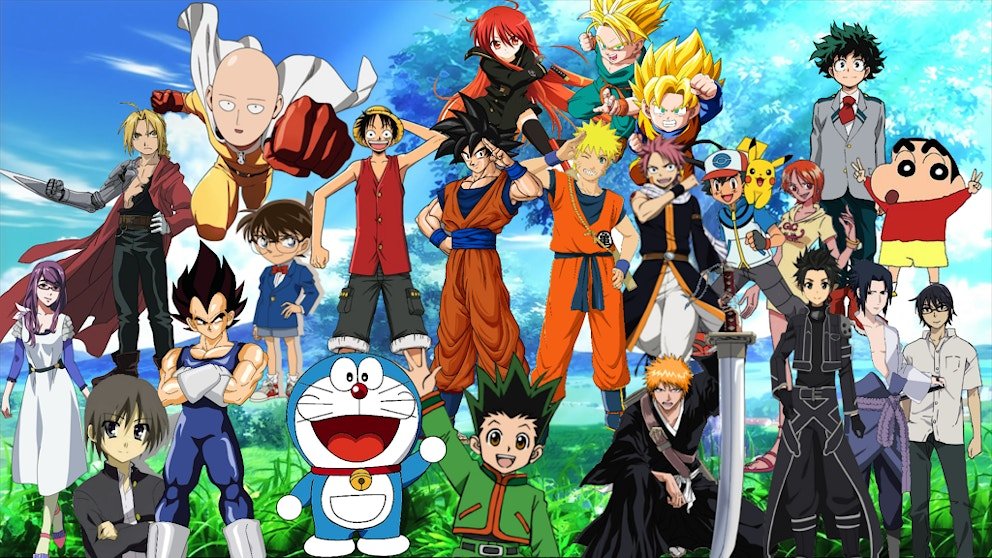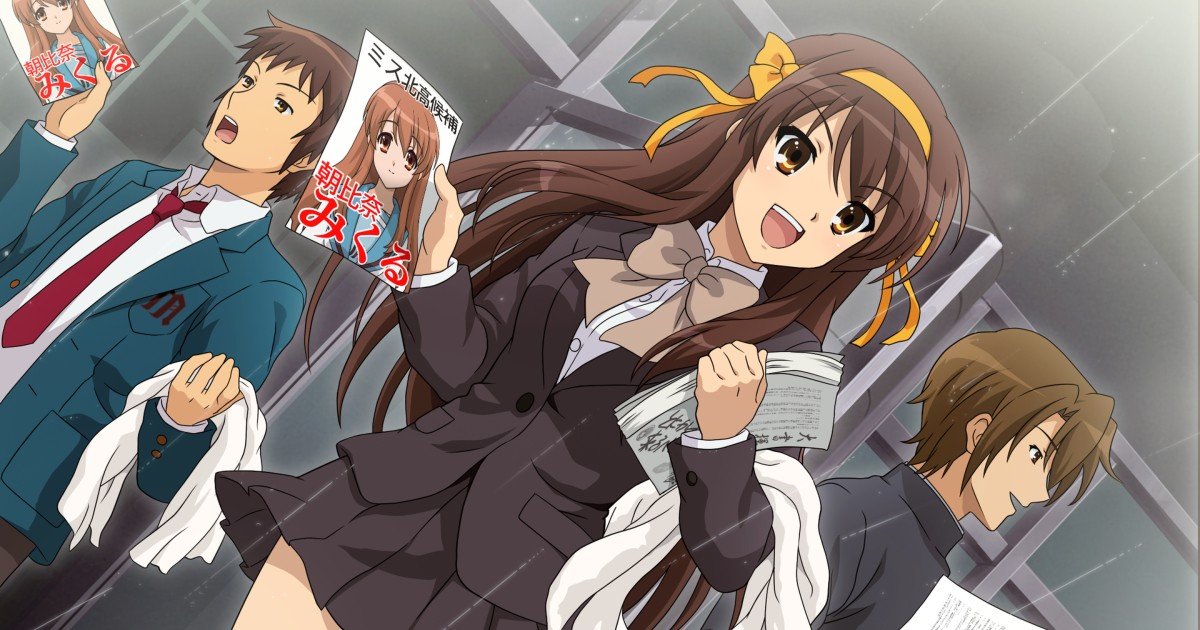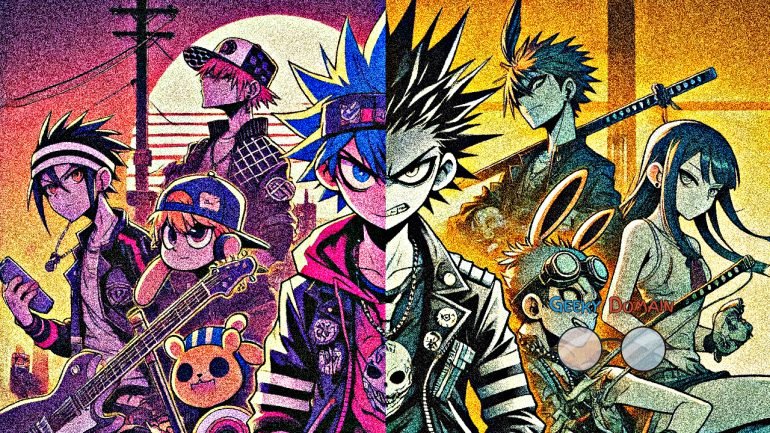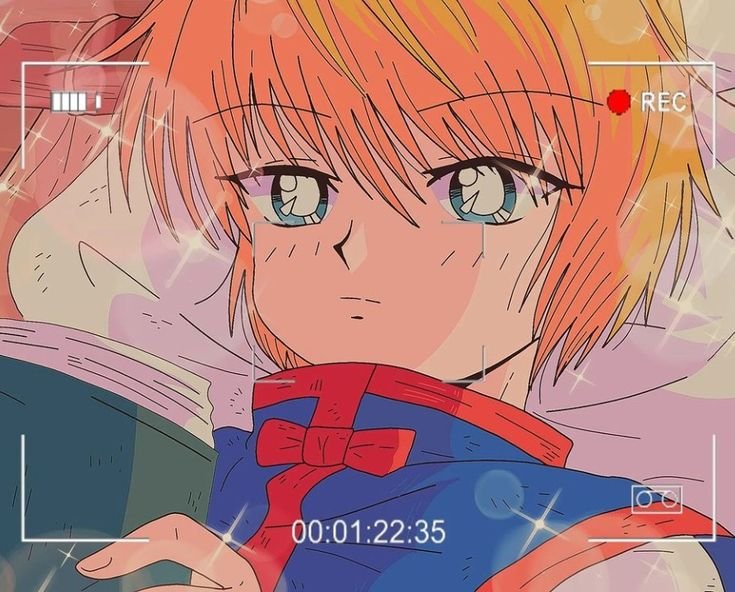Manga and anime are two inseparable pillars of Japanese culture. While anime often takes inspiration from manga, anime books—a lesser-known extension—further deepen the connection. This exploration delves into how manga shapes the structure, themes, and creative processes behind anime books.
What Are Anime Books?
Anime books are narrative adaptations or spin-offs of anime series, often presented in formats such as light novels, guidebooks, or graphic novels. They provide fans with expanded stories, character insights, and additional context for beloved anime series.
Manga: The Blueprint for Storytelling
Manga often serves as the foundation for both anime and anime books. Here’s how it influences their creation:
- Detailed World-Building
Manga excels at intricate world-building, a quality anime books strive to replicate. For instance, light novels derived from manga often provide deeper explorations of settings, cultures, and lore that might only be hinted at in the manga. - Character Development
Manga’s episodic nature allows for gradual character growth, which is mirrored in anime books. Writers use the rich backstories and motivations from manga to flesh out narratives further. - Narrative Complexity
Manga’s ability to juggle multiple storylines is a trait anime books adopt, offering fans multi-layered perspectives and additional story arcs.
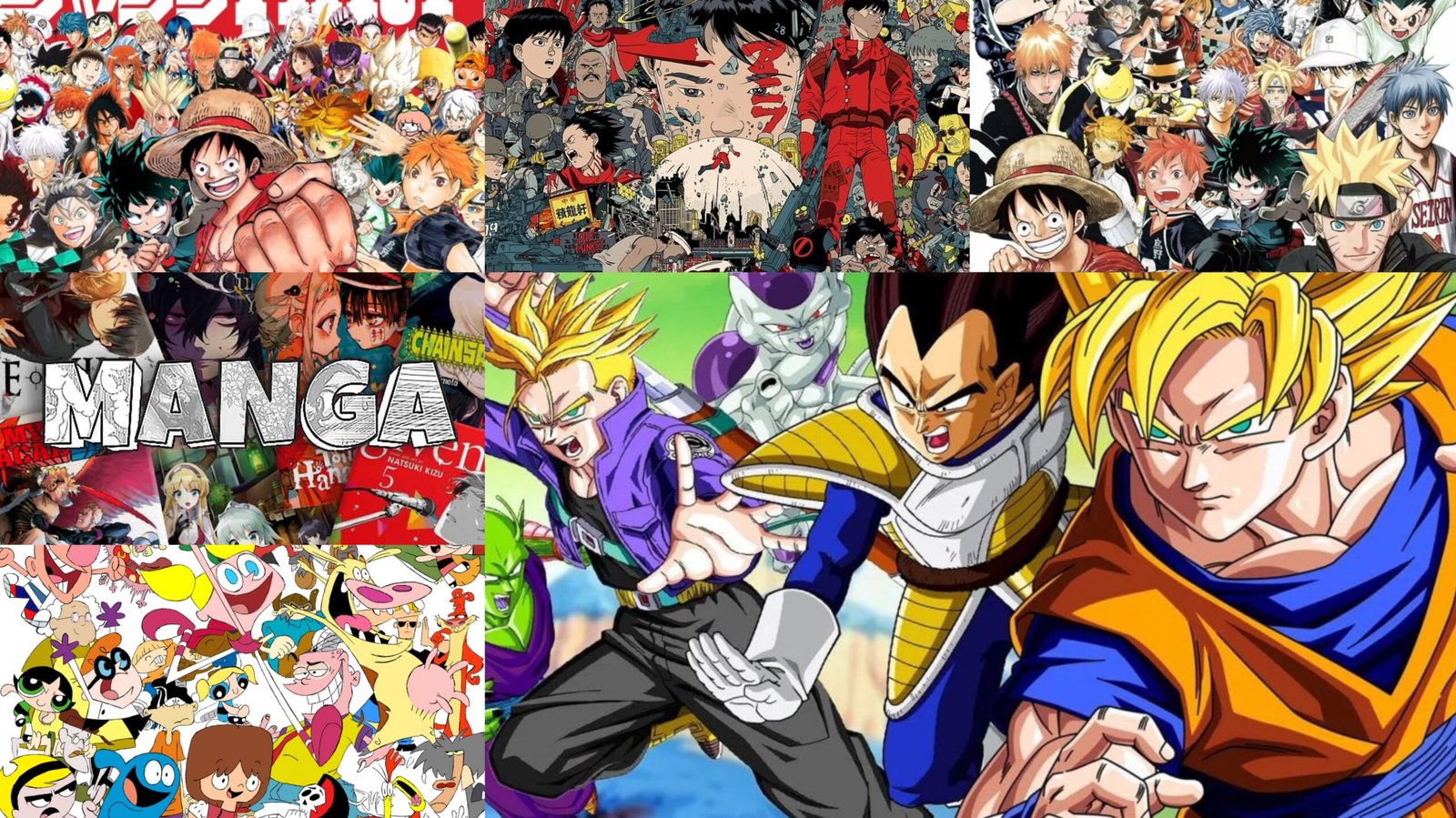
Anime Books as a Bridge Between Manga and Anime
While anime adapts manga visually, anime books expand the narrative realm:
- Filling in the Gaps: Anime adaptations often condense manga, leaving out minor details. Anime books revisit these omissions, providing fans with a comprehensive experience.
- Original Content: Some anime books explore alternate endings or “what-if” scenarios, drawing inspiration from manga’s non-linear storytelling styles.
Notable Examples of Manga-Influenced Anime Books
- Attack on Titan: Before the Fall (Ryo Suzukaze)
- A prequel to the famous manga, this light novel series adds depth to the world of Titans.
- Manga Influence: The themes of survival and tragedy are directly inspired by the original manga’s tone.
- Naruto: Tales of a Gutsy Ninja (Masashi Kishimoto)
- This novel explores Jiraiya’s life as a young ninja.
- Manga Influence: Derived from the flashbacks in Naruto, it expands on Kishimoto’s character work.
- Death Note: Another Note (Nisio Isin)
- A spin-off novel offering a fresh perspective on L’s detective skills.
- Manga Influence: Retains the intellectual intensity and suspense of the original series.
Artistic Techniques Borrowed from Manga
Anime books also adopt visual elements from manga, such as:
- Panel-like Illustrations: Many anime books feature artwork that mimics manga panels, providing a visual connection for fans.
- Dramatic Pacing: Manga’s cliffhanger style is reflected in the chapter structure of anime books.
The Future of Manga’s Influence on Anime Books
As manga continues to evolve, its impact on anime books grows stronger. Trends include:
- Digital Manga-Book Hybrids: Combining manga’s visual appeal with anime books’ narrative depth.
- AI-Assisted Storytelling: Incorporating technology to enhance manga-inspired anime book creation.
Conclusion
Manga serves as the creative foundation for many anime books, offering inspiration in storytelling, character development, and artistic techniques. Whether you’re a fan of manga, anime, or anime books, understanding their interconnectedness enriches your appreciation of Japanese storytelling.







